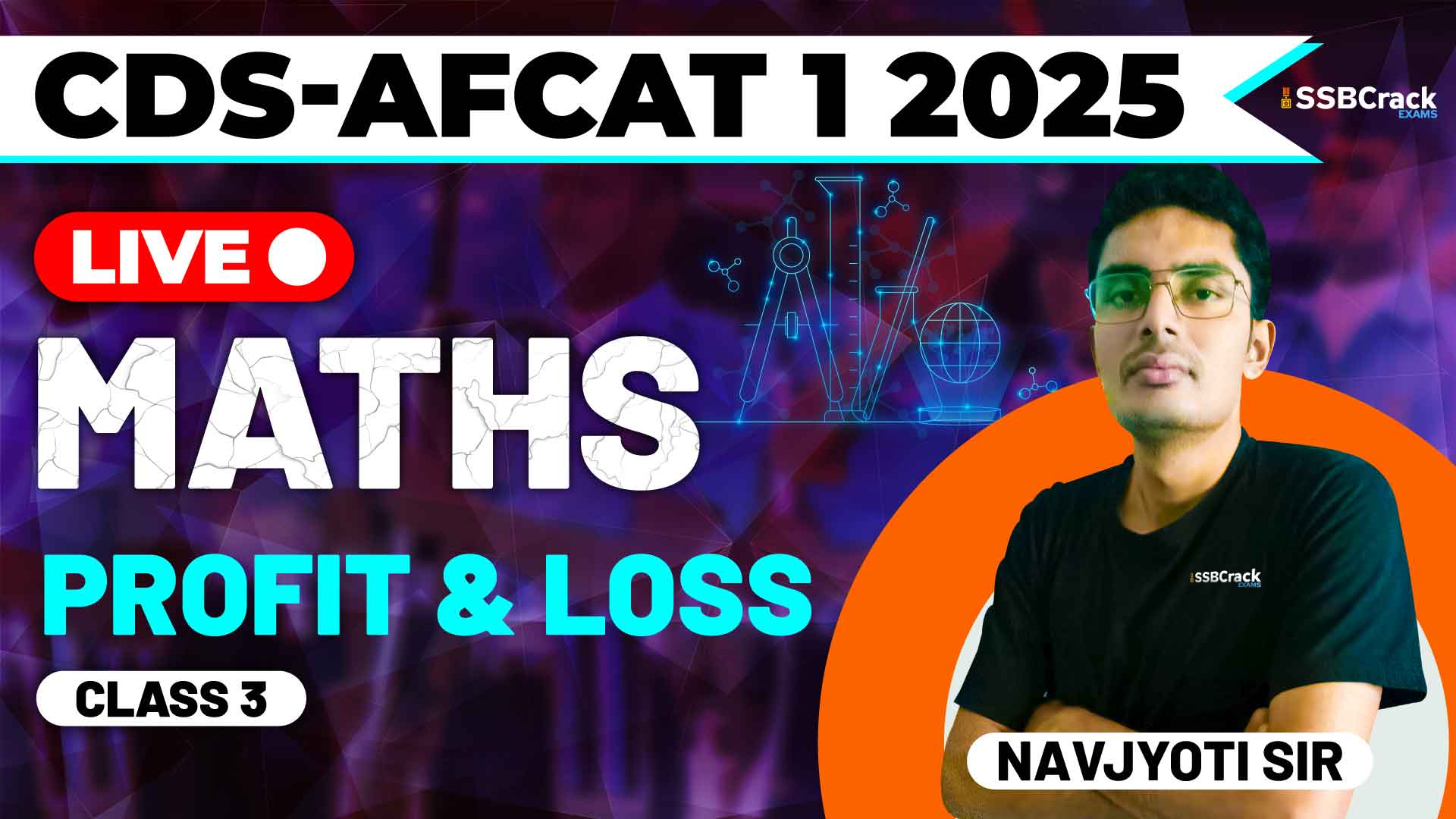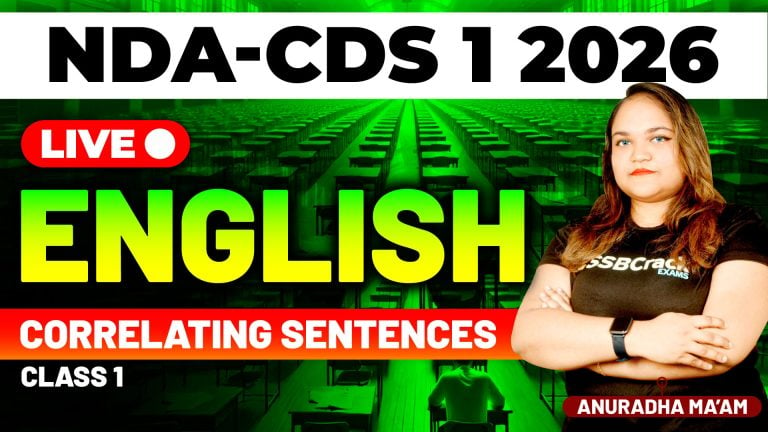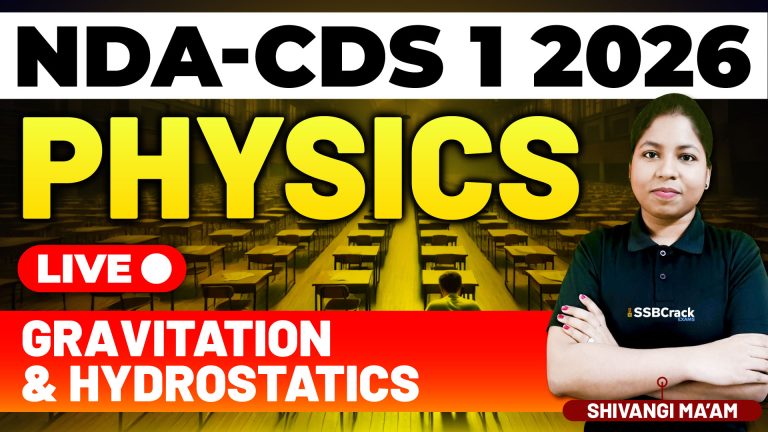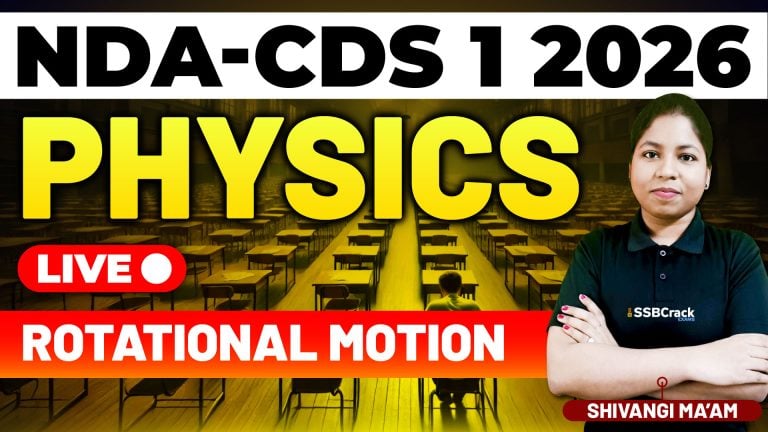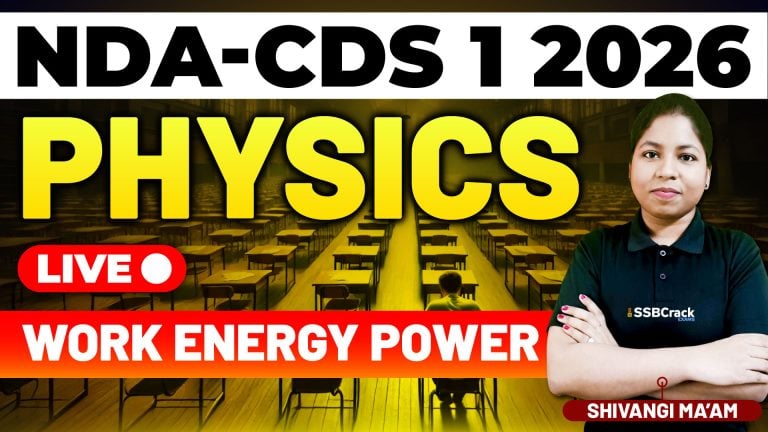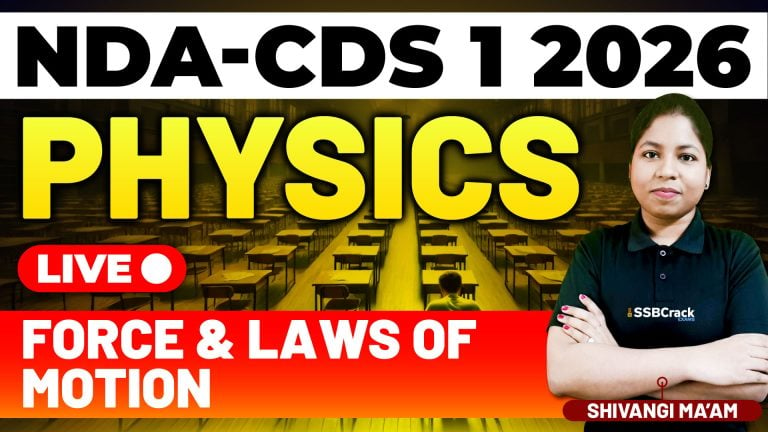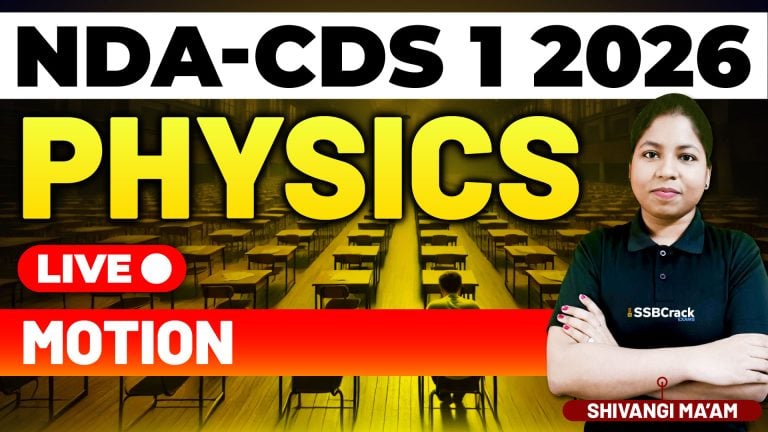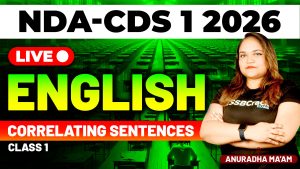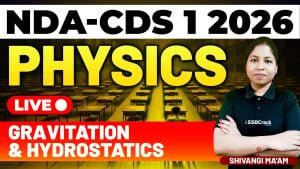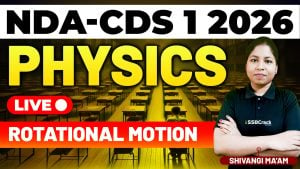Profit and Loss is a significant topic in the mathematics section of competitive exams such as the Combined Defence Services (CDS) and Air Force Common Admission Test (AFCAT). In these exams, candidates are often tested on their ability to quickly solve problems involving cost price, selling price, discounts, and profit percentages. A recent class focused on solving multiple-choice questions (MCQs) from previous years’ exams, as well as discussing some expected questions on this topic for upcoming exams.
This blog will cover the key takeaways from that class, highlight the essential subtopics within Profit and Loss, and offer strategies to efficiently prepare for and solve these questions during the exam.
Key Concepts in Profit and Loss
The class emphasized several crucial subtopics within Profit and Loss that often appear in CDS and AFCAT exams. Here’s a brief overview of these concepts:
- Cost Price (CP):
This is the amount paid by the seller to acquire a product. All profit and loss calculations revolve around this figure, as it determines whether the seller is making a gain or incurring a loss. - Selling Price (SP):
This is the price at which the seller sells the product to the buyer. The difference between the cost price and the selling price helps in calculating profit or loss. - Profit and Loss:
Profit occurs when the selling price is higher than the cost price, while loss occurs when the selling price is lower than the cost price. The percentage of profit or loss is often asked in exam questions and can be calculated by comparing the profit or loss to the cost price. - Marked Price and Discounts:
The marked price is the price set by the seller before any discounts. In many cases, sellers offer discounts to attract buyers, and questions in exams often revolve around finding the selling price after applying a discount to the marked price. The class discussed successive discounts, which occur when multiple discounts are applied one after the other. - Relation Between Cost Price, Selling Price, and Profit Percentage:
One of the most important aspects of Profit and Loss problems is understanding the relationship between these three variables. Exam questions often require you to determine one variable when the other two are given.
Key MCQs Discussed in Class
During the class, the instructor focused on several previous years’ MCQs as well as some expected questions for upcoming CDS and AFCAT exams. Below are the types of questions that were discussed:
- Basic Profit or Loss Calculation:
Questions that ask for a simple calculation of profit or loss based on the given cost price and selling price. These are straightforward but require quick thinking and precision. - Discounts and Successive Discounts:
The class covered questions involving single and successive discounts. Successive discount problems are a bit trickier, as each discount is applied to the new reduced price rather than the original price. These types of questions are common in competitive exams and require a solid understanding of discount calculation. - Finding Unknown Values:
Some questions provided the profit percentage and selling price and asked students to calculate the cost price, or vice versa. These types of questions test your understanding of the relationships between different elements of Profit and Loss. - Word Problems:
Many of the MCQs are presented as word problems, where the student needs to extract relevant data from a real-world scenario. These problems might involve situations such as a shopkeeper offering a discount on a marked price or a merchant selling goods at a profit margin. Word problems test not only your mathematical skills but also your ability to interpret and break down the information presented. - Percentage Problems:
Several questions focused on percentage-based calculations related to profit, loss, and discount. These types of problems often seem simple but can be tricky if you’re not careful. The instructor emphasized the importance of keeping track of what the percentage is being applied to—whether it’s the cost price, selling price, or marked price.
Strategies for Preparing Profit and Loss for CDS and AFCAT Exams
The class highlighted the importance of having a strong strategy to approach Profit and Loss questions. Below are some essential strategies that were discussed and should be followed during your preparation:
1. Understand the Basics Thoroughly
Before tackling MCQs, make sure you have a thorough understanding of the basic concepts such as cost price, selling price, profit, loss, and discounts. Clear concepts will help you solve even the most complicated questions quickly.
2. Practice Different Types of Questions
Profit and Loss problems in CDS and AFCAT exams come in various forms. Some are straightforward, while others might be complex word problems or involve successive discounts. The more types of questions you practice, the better prepared you will be for anything that comes your way.
3. Solve Previous Year Papers
Previous year question papers are an excellent resource for understanding the types of questions that are frequently asked in exams. By solving these papers, you’ll get a feel for the difficulty level, the format of questions, and the common tricks that examiners use.
4. Master Successive Discounts
Successive discounts can be tricky, but they are commonly asked in exams. Make sure you understand how each discount affects the price and practice solving these problems quickly and accurately. Remember that each discount is applied to the reduced price, not the original price.
5. Use Shortcuts Wisely
There are various shortcuts and tricks that can be used to speed up your calculations in Profit and Loss problems. However, make sure to use them only when you are confident. Relying on shortcuts without a solid understanding of the basic principles can lead to mistakes.
6. Keep Track of Time
In competitive exams, time management is critical. When practicing MCQs, set a timer and try to solve each question within a specific time limit. This will help you improve your speed without compromising on accuracy.
7. Read the Question Carefully
One common mistake students make is misreading the question, especially in word problems. Make sure to carefully read what is being asked, whether it is profit, loss, cost price, selling price, or the amount after a discount. Paying attention to detail is key to avoiding careless mistakes.
8. Revise Regularly
Profit and Loss is a topic that can be mastered through regular practice and revision. Make a habit of revisiting important concepts and solving a few problems each day to keep your skills sharp.
Conclusion
Profit and Loss is a vital topic in the mathematics section of the CDS and AFCAT exams. Understanding concepts such as cost price, selling price, profit percentage, and successive discounts is crucial for tackling the questions efficiently. The recent class focused on solving a variety of MCQs, emphasizing the importance of practicing different types of problems, using shortcuts wisely, and managing time effectively.
By practicing previous year papers, mastering tricky concepts like successive discounts, and revising regularly, you can confidently approach the Profit and Loss section of the exam. Stay consistent with your preparation, focus on improving both speed and accuracy, and you’ll be well-prepared to ace this topic in your upcoming CDS and AFCAT exams.
Good luck with your preparation!
